QuestionI bought a clownfish a number of months ago (probably closer to a year), it was sold to me as an Ocellaris. When I first got him/her she/he was a BRIGHT orange color. I don't know if it's what I'm feeding it (ocean nutrition / prime reef flakes) or what but hes lost almost all of his orange for black. Some orange remains around the face, underbelly towards the front, and a BRIGHT spot in the middle of his tail.
I have a second clown (misbar) that I got a FEW months ago (in July for my bday) who came to me a dull orange (almost light) who also seems to be turning black around the top...
Was I mistakenly sold black and white clowns? Am I feeding them the wrong type of food or something??
The older one is no more then 2.5-3.0 inch from head to tail,t he other is about .5in smaller.
(surprisingly they get along fine)
Also: the older/larger clown always seems a little hefty, could it be carrying eggs? Or am I just over feeding it?
(i've tried feeding dried seaweed with a clip, nothing in my tank eats it!)
AnswerHello again. The coloration of an ocellaris clownfish can vary from a bright orange with a little black edging around the white stripes to all black with white stripes and no orange at all to any color variation in between. Most of the color variations occur due to the different areas of the world they are collected from. He won't change back and what ever color phase he ends up with is the color he is going to be for life. This is very common for this particular species of clownfish as they are all orange as juveniles and it may take them a year or two to reach their mature color. As for the misbar clownfish that is also an ocellaris clown. Its name is just given to that particular type due to the irregular stripes on it.(just another variation within the ocellaris species). More than likely your fish is just a little fat! You won't notice a difference in the size of the body when the female is carrying eggs. The first indication of possible spawning is when the male clownfish swims up and down in front of the female. The male will dance in a head-up fashion and will thrust towards the female. This is known as the clownfish waggle. This behavior is a pretty lose indicator but generally means that spawning will happen soon. The next indication is when the male, and often the female, will start to clean a portion of rock near the base of the anemone. This is a good indication that spawning will commence within a day or two. The last indicator of spawning behavior is the appearance of both the male and female clownfishs' genital tubes. After that the female will deposit her eggs in the spot that has been cleared out for them and the male will fertilize them and keep careful watch over them.

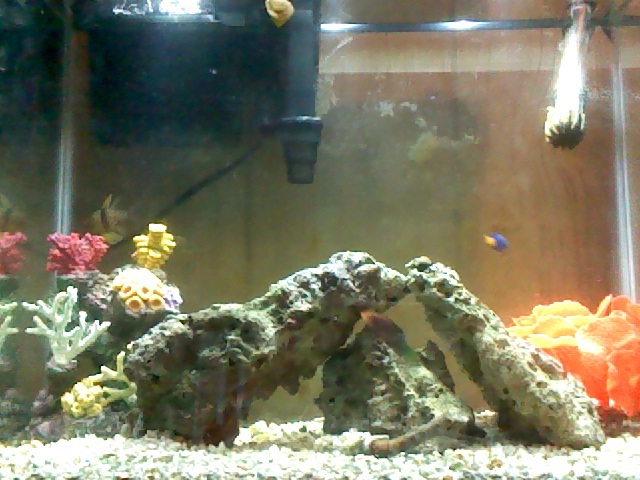 tank stock
Question
my tank
hello, i have a 14 gallon marine tank,
tank stock
Question
my tank
hello, i have a 14 gallon marine tank,
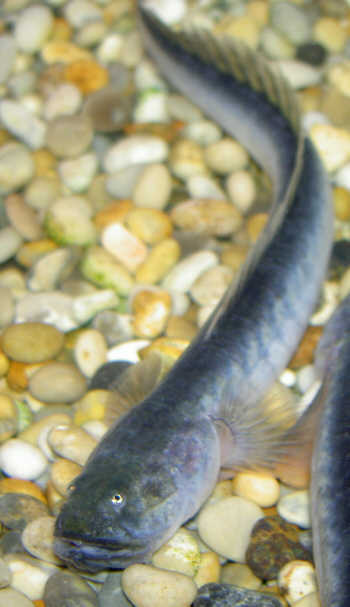 sick dragonfish
QuestionHello. Ive been reading a lot about sick dragon
sick dragonfish
QuestionHello. Ive been reading a lot about sick dragon
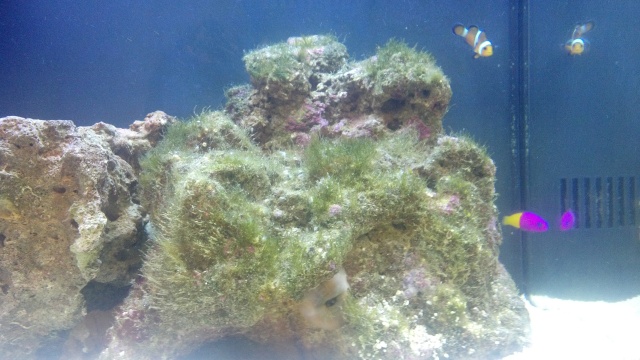 Grass-Like Algae
Question
Algae on live rock
Hello,
Grass-Like Algae
Question
Algae on live rock
Hello,
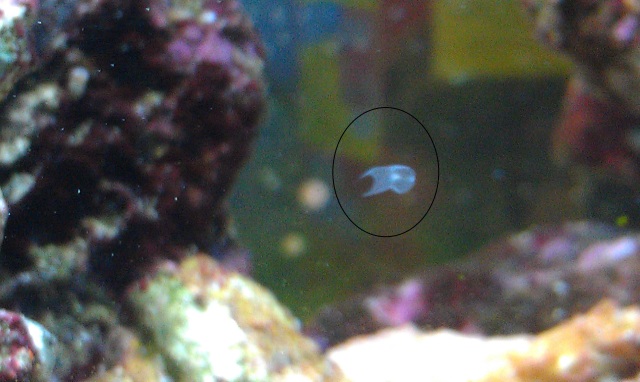 unknown creature
Question
unknow creature
I found these creatures
unknown creature
Question
unknow creature
I found these creatures
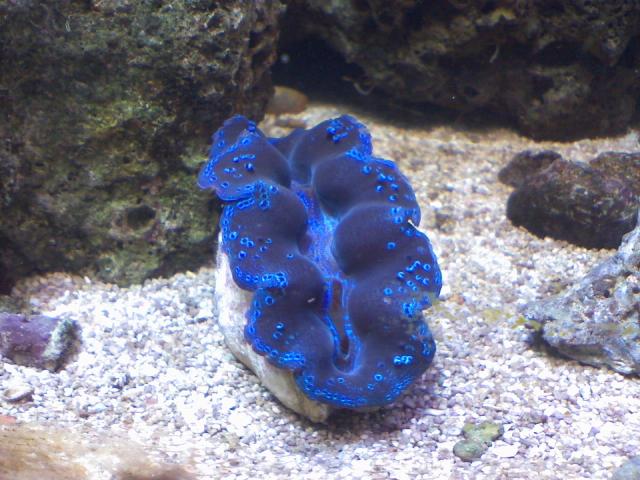 clams
Questionhello david! i have a question regarding keepin
clams
Questionhello david! i have a question regarding keepin